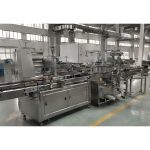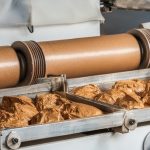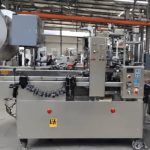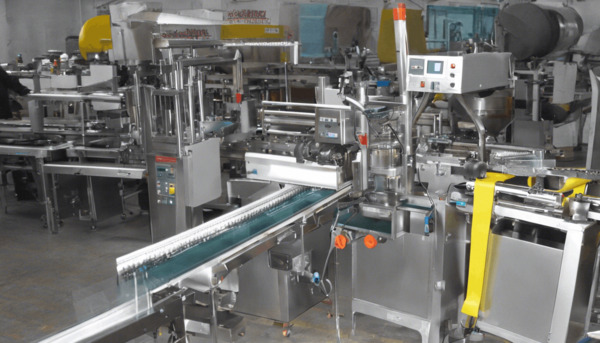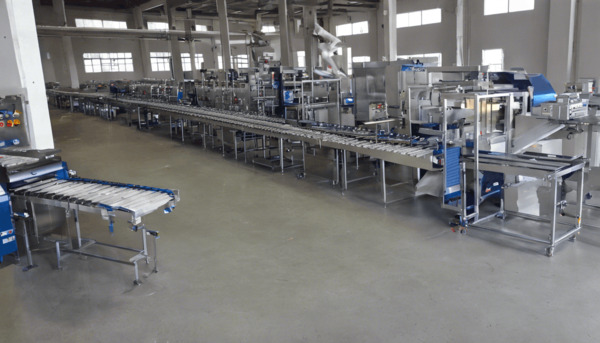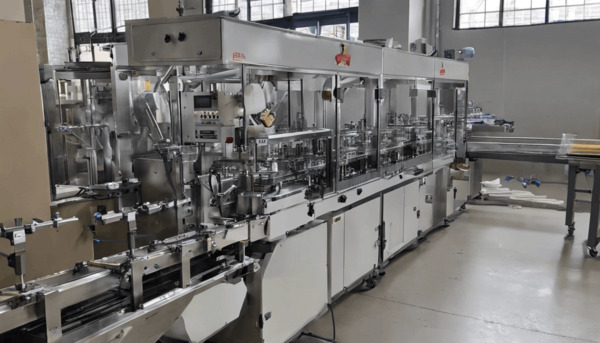
Introduction to Powder Packing Machines
Powder packing machines are essential equipment in various industries, including food, pharmaceuticals, chemicals, and cosmetics. These machines are designed to efficiently and accurately package powder products into different types of containers, such as bags, pouches, bottles, or sachets. The primary purpose of a powder packing machine is to ensure that the product is packed in a way that maintains its quality, prevents contamination, and facilitates easy transportation and storage.
Types of Powder Packing Machines
There are several types of powder packing machines, each designed for specific applications and packaging requirements. The most common types include:
1. Auger Filling Machines
Auger filling machines are widely used for packing free-flowing and non-free-flowing powders. These machines use an auger screw to dispense a precise amount of powder into the packaging container. The auger is controlled by a servo motor, which ensures accurate filling by adjusting the speed and rotation of the screw. Auger filling machines are ideal for products like flour, spices, coffee, and protein powders.
2. Vibratory Filling Machines
Vibratory filling machines use vibration to move the powder into the packaging container. These machines are suitable for handling fine and lightweight powders that may not flow easily through an auger system. Vibratory fillers are commonly used for products like talcum powder, baking soda, and certain pharmaceutical powders.
3. Vacuum Filling Machines
Vacuum filling machines are designed to handle powders that are prone to dusting or require a dust-free environment during packaging. These machines use a vacuum to draw the powder into the container, minimizing airborne particles and ensuring a clean packaging process. Vacuum fillers are often used for pharmaceutical and chemical powders that require high hygiene standards.
4. Net Weight Filling Machines
Net weight filling machines measure the weight of the powder before dispensing it into the packaging container. These machines are equipped with load cells that ensure precise weight measurement, making them suitable for products that require exact weight specifications. Net weight fillers are commonly used for high-value powders where accuracy is critical.
Key Features and Components
Powder packing machines come with various features and components that enhance their functionality and efficiency. Some of the key features include:
1. Hopper
The hopper is a storage container that holds the powder before it is dispensed into the packaging container. It is designed to ensure a consistent flow of powder to the filling mechanism. Hoppers are often equipped with agitators to prevent powder from clumping or bridging.
2. Filling Mechanism
The filling mechanism is the core component of a powder packing machine. It determines how the powder is dispensed into the packaging container. Depending on the type of machine, the filling mechanism can be an auger, vibratory tray, vacuum system, or weighing scale.
3. Control System
Modern powder packing machines are equipped with advanced control systems that allow operators to set and adjust parameters such as fill weight, speed, and packaging type. These systems often feature touchscreens and programmable logic controllers (PLCs) for easy operation and monitoring.
4. Sealing and Cutting Mechanism
For machines that package powders in bags or pouches, a sealing and cutting mechanism is essential. This component seals the package to prevent contamination and spillage, and then cuts it to the desired size. Sealing can be done using heat, ultrasonic waves, or adhesives, depending on the packaging material.
Applications of Powder Packing Machines
Powder packing machines are used in a wide range of industries, each with specific packaging requirements. Some of the common applications include:
1. Food Industry
In the food industry, powder packing machines are used to package products such as flour, spices, coffee, baking powder, and protein supplements. These machines ensure that the products are packed in a way that preserves their freshness and flavor.
2. Pharmaceutical Industry
The pharmaceutical industry relies on powder packing machines to package medicinal powders, including antibiotics, vitamins, and dietary supplements. These machines must meet stringent hygiene and accuracy standards to ensure the safety and efficacy of the products.
3. Chemical Industry
In the chemical industry, powder packing machines are used to package products such as detergents, fertilizers, and industrial chemicals. These machines are designed to handle corrosive and abrasive powders, ensuring safe and efficient packaging.
4. Cosmetic Industry
The cosmetic industry uses powder packing machines to package products like face powders, talcum powders, and other powdered cosmetics. These machines help maintain the quality and appearance of the products, ensuring they reach consumers in perfect condition.
Conclusion
Powder packing machines play a crucial role in the efficient and accurate packaging of powder products across various industries. With advancements in technology, these machines have become more sophisticated, offering greater precision, speed, and flexibility. Understanding the different types of powder packing machines and their applications can help businesses choose the right equipment to meet their specific packaging needs. Whether in the food, pharmaceutical, chemical, or cosmetic industry, powder packing machines are essential for ensuring product quality, safety, and consumer satisfaction.
